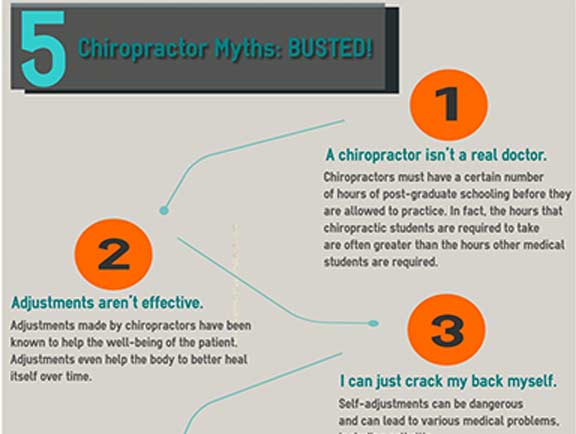Prepare Yourself To Uncover The Exciting Cellular Interactions Associated With Cold Laser Treatment And Its Use Of Light For The Objective Of Recovery. Discover The Depths Of Scientific Research Even Additionally!
Prepare Yourself To Uncover The Exciting Cellular Interactions Associated With Cold Laser Treatment And Its Use Of Light For The Objective Of Recovery. Discover The Depths Of Scientific Research Even Additionally!
Blog Article
Material Develop By-Bendix Kornum
You may have come across cold laser treatment as an appealing therapy choice for different problems, yet have you ever before questioned exactly how it in fact services a cellular level? Recognizing joint pain treatment stamford ct behind this therapy can shed light on its efficiency in promoting recovery and lowering inflammation. By checking out the scientific research behind cold laser treatment, you'll gain insights into the interesting methods which light can influence mobile procedures and help with cells fixing.
Exactly How Cold Laser Therapy Works
To recognize just how cold laser therapy functions, you need to realize the basic concepts of exactly how light energy engages with biological cells. Cold laser treatment, likewise called low-level laser therapy (LLLT), uses particular wavelengths of light to penetrate the skin and target hidden tissues. Unlike the intense lasers used in operations, cold lasers discharge reduced degrees of light that do not produce warm or trigger damage to the tissues.
When these mild light waves get to the cells, they're taken in by components called chromophores, such as cytochrome c oxidase in mitochondria. This absorption sets off a series of biological feedbacks, including increased cellular energy production and the launch of nitric oxide, which boosts blood circulation and decreases inflammation.
In https://coldlasertherapymyofascia45432.blogginaway.com/34479725/improving-the-quality-of-life-for-our-furry-companions-the-innovations-of-cold-laser-treatment , the light power can also stimulate the manufacturing of adenosine triphosphate (ATP), the energy currency of cells, helping in cellular repair and regeneration processes.
In essence, cold laser treatment harnesses the power of light power to promote healing and relieve pain in a non-invasive and gentle fashion.
Devices of Action
Just how does cold laser treatment actually function to produce its therapeutic effects on organic tissues?
Cold laser therapy, likewise known as low-level laser treatment (LLLT), operates via a process referred to as photobiomodulation. When the cold laser is put on the skin, the light power passes through the tissues and is soaked up by chromophores within the cells.
These chromophores, such as cytochrome c oxidase in the mitochondria, are after that promoted by the light energy, resulting in a waterfall of organic reactions. One essential mechanism of action is the enhancement of mobile metabolic rate.
The absorbed light power raises ATP production in the mitochondria, which is vital for mobile function and fixing. Furthermore, https://simondiyig.blogsvila.com/33993375/introducing-the-efficiency-of-cold-laser-treatment-in-sports-injury-recovery-a-compilation-of-case-studies-and-success-stories aids to minimize swelling by preventing inflammatory mediators and promoting the launch of anti-inflammatory cytokines.
This anti-inflammatory effect contributes to discomfort relief and cells recovery.
Restorative Effects
Comprehending the therapeutic impacts of cold laser treatment involves recognizing just how the improved cellular metabolic rate and anti-inflammatory buildings contribute to its positive results on biological cells.
When the cold laser is related to the affected location, it boosts the mitochondria within the cells, bring about boosted production of adenosine triphosphate (ATP), which is vital for cellular function and repair work. This increase in mobile energy accelerates the recovery process by promoting cells regeneration and minimizing swelling.
Moreover, the anti-inflammatory buildings of cold laser treatment help to lower pain and swelling in the targeted area. By inhibiting https://www.soglos.com/interview/family/gloucestershire-podiatrist-reveals-how-lunula-laser-therapy-can-treat-difficult-fungal-infections/20291/ and promoting the release of anti-inflammatory cytokines, cold laser therapy aids in reducing pain and enhancing the total healing feedback.
This decrease in inflammation not only provides immediate alleviation yet also supports lasting tissue repair work.
Conclusion
Finally, cold laser therapy works by boosting cellular repair and cells regeneration via photobiomodulation. Its anti-inflammatory properties supply pain relief and minimize swelling by preventing inflammatory mediators.
This therapy provides an extensive approach to recovery, delivering both instant alleviation and long-lasting cells fixing benefits.
Via its mechanisms of action, cold laser treatment verifies to be an efficient and promising therapy option for a variety of problems.
